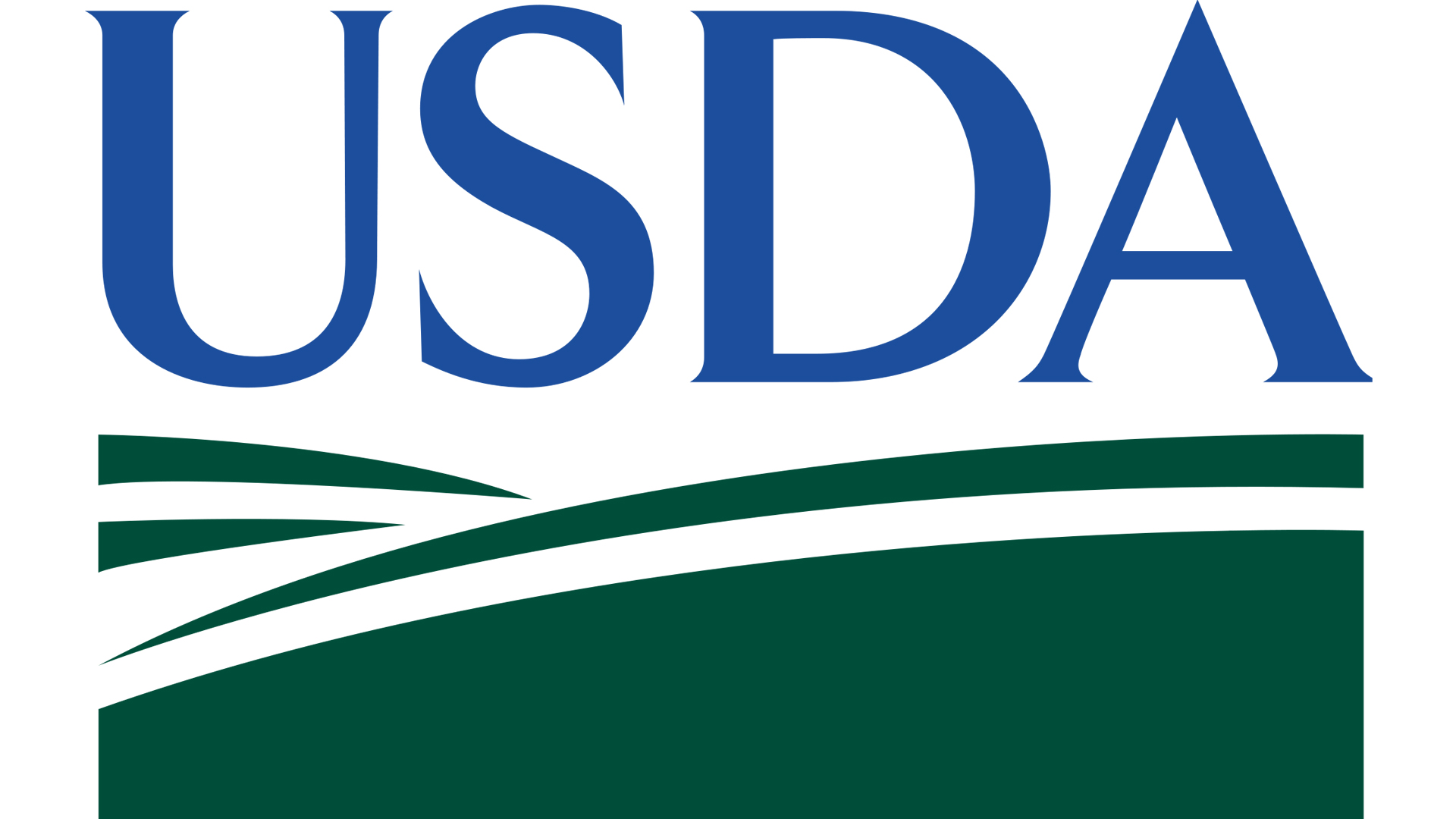NASS reinstates July cattle report

A July cattle report is among the reports being reinstated by the U.S. Department of Agriculture’s National Agricultural Statistics Service.
The agency made the decision public on March 19. The reports were dropped about a year ago during budget constraints, USDA said at that time.
The agency is also reinstating the county estimates for crops and livestock. The county estimate reinstatement is effective for the 2024 crop season for corn, cotton, peanuts, rice, sorghum, and soybeans and for the 2025 crop seasons for barley, oats and wheat.
Here are the scheduled release dates:
- County estimates for corn, sorghum and soybeans, May 6
- County estimates for cotton, May 12
- County estimates for cattle, May 13
- County estimates for rice and peanuts, May 23;
- July cattle, July 25.
The cattle report was welcome news to those who follow it.
“It is good to see the July cattle inventory report scheduled for return,” said Glynn Tonsor, a Kansas State University agricultural economics professor. “Given uncertainty on herd expansion it will be of elevated interest.”
The executive director of government affairs for the National Cattlemen’s Beef Association applauded the decision in a statement posted online.
“The return of the July cattle report and county estimates is a big win for cattle producers who utilize these reports to efficiently run their operations and make important marketing decisions. These reports are not costly to produce and the amount they are used by the U.S. agriculture sector make them extremely cost-effective,” Tanner Beymer said. “NCBA thanks USDA-NASS for bringing back these vital reports and continuing to deliver timely, accurate, and useful statistics that bring transparency to livestock markets across the country.”
While the how or why the agency reversed course was an unknown, but Tonsor said it is important to recognize that resources are limited and periodic review of what data and information products are most valuable as well as hardest to replace and most unique is warranted.
“I highlight as I would like to see a broader ‘value of information’ assessment occur to help guide social investment in public data-information while also balancing fluid budget realities at USDA and elsewhere,” Tonsor said. “For instance, changes in how reports operate have a valuable place in discussions rather than just ‘keep or cease’ decisions and associated media discussion framing.”
Changes in frequency and state and regional aggregations are valuable discussion items, he said.
Dave Bergmeier can be reached at 620-227-1822 or [email protected].



